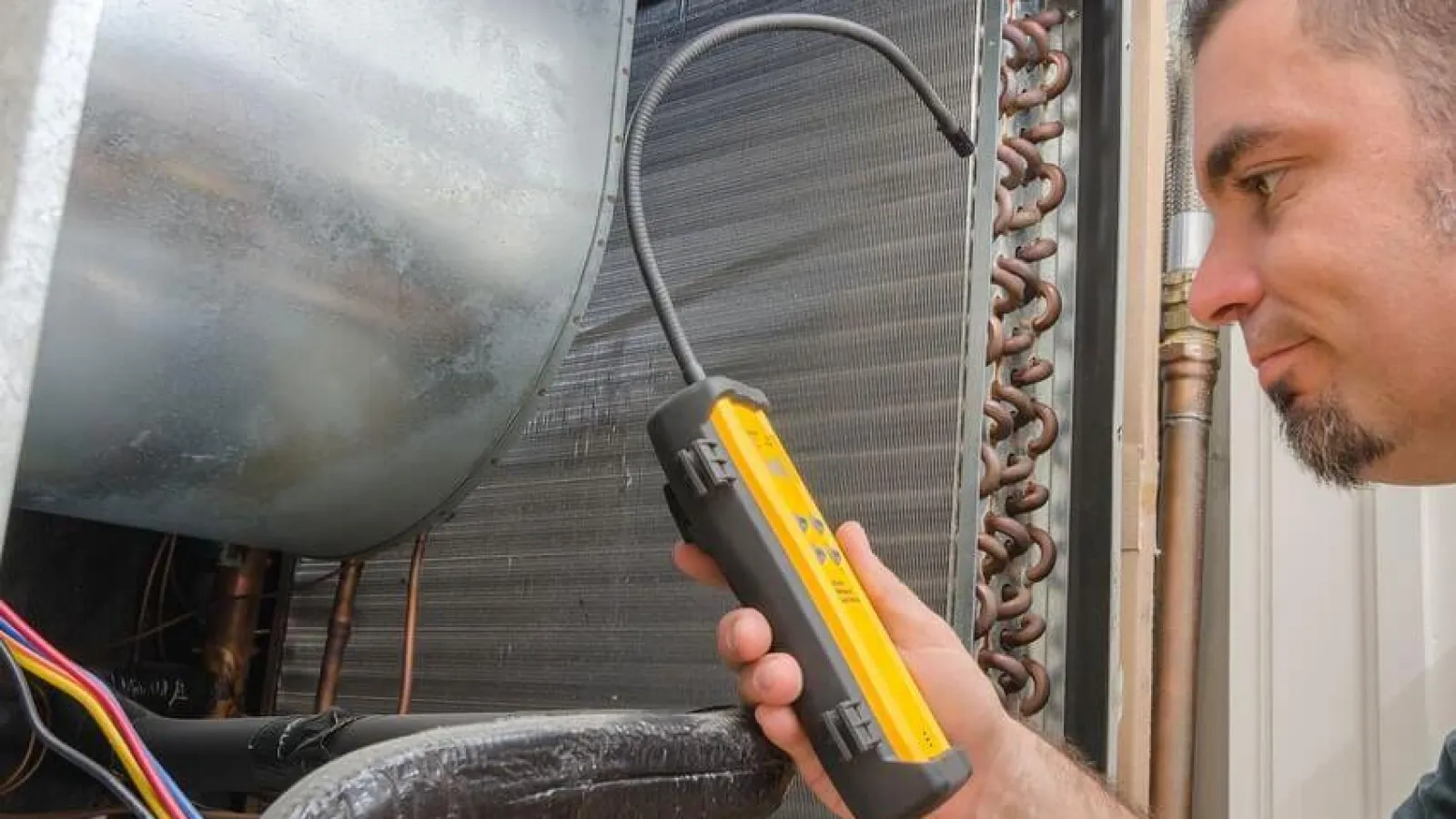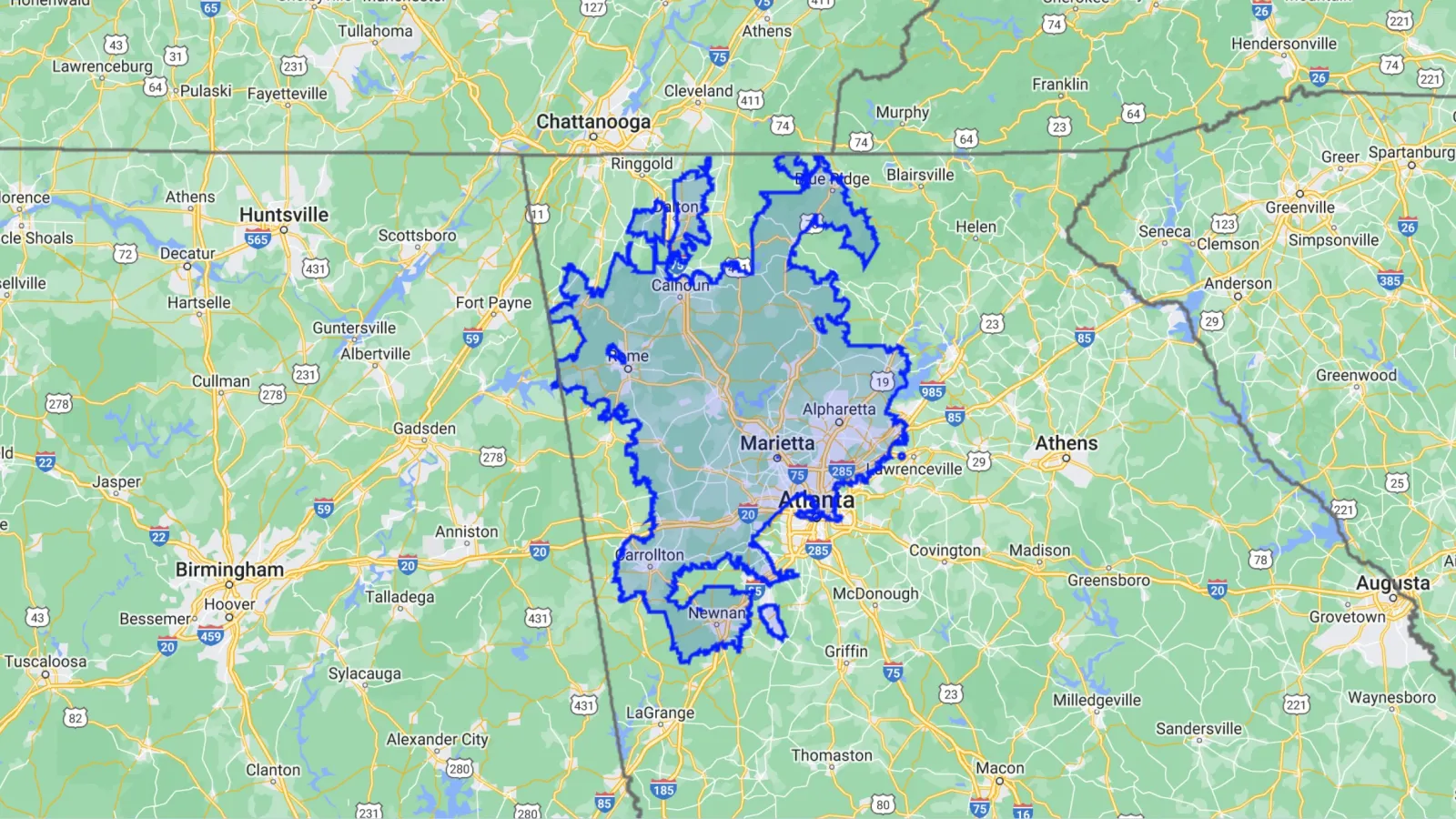If you've peeked inside your HVAC system and found your evaporator coil looking more like Elsa's handiwork than part of your cooling system, you've got a frozen coil on your hands. Don't worry—while it's not great news, you can fix it, and in many cases, you can prevent it from happening again. Let's break it down in plain English.
First Things First: Why Your Coil Froze in the First Place
Your evaporator coil's job is to absorb heat from your home's air. It needs a steady airflow to do this properly. If that airflow is restricted, or if refrigerant levels are low, the coil can get too cold and ice will build up. Common causes include:
-
Dirty air filters (the #1 culprit!)
-
Blocked or closed vents
-
Low refrigerant from a leak
-
Dirty evaporator coil that can't transfer heat efficiently
-
Blower fan issues not pushing enough air across the coil
Step 1: Turn Off the System
This is the part no one likes to hear—you have to turn off your AC. Running it with a frozen coil can cause major damage to your compressor, and trust me, that repair bill is no fun.
Switch your thermostat from "Cool" to "Off," and turn the fan to "On" to help push warm air across the coil and melt the ice.
Step 2: Let It Thaw Completely
Depending on how frozen your coil is, thawing can take anywhere from a couple of hours to a full day. Put down some towels around your indoor unit because melting ice means water… and lots of it.
Pro tip: Don't try to chip off the ice—you can bend the delicate aluminum fins and make things worse.
Step 3: Check Your Air Filter
Once things are thawed, start with the easiest fix—inspect your air filter. If it looks like it's been through a dust storm, replace it. A clogged filter chokes off airflow and is one of the fastest ways to get a frozen coil.
Step 4: Inspect Your Vents and Registers
Make sure all vents are open and unobstructed. Closing off vents to "save money" actually increases static pressure and can cause—you guessed it—a frozen coil.
Step 5: Call in a Pro for the Bigger Issues
If you've changed the filter and opened your vents but the coil freezes again, you may have:
-
Low refrigerant due to a leak
-
Dirty evaporator coils needing a professional cleaning
-
Blower motor problems
These aren't DIY-friendly fixes and need a licensed HVAC technician to diagnose and repair.
Preventing the Next Freeze-Up
-
Change your air filter every 1-3 months.
-
Schedule annual maintenance—techs will check refrigerant levels, clean coils, and ensure everything's running smoothly.
-
Keep vents open and clear of furniture or rugs.
-
Watch for early signs of trouble like weak airflow or warm air blowing when the AC is on.
Bottom line: A frozen evaporator coil is your HVAC system's way of saying, "Hey, something's wrong!" Shut it down, thaw it out, fix the airflow, and if it keeps happening—get a pro on the case before it turns into a costly repair.


